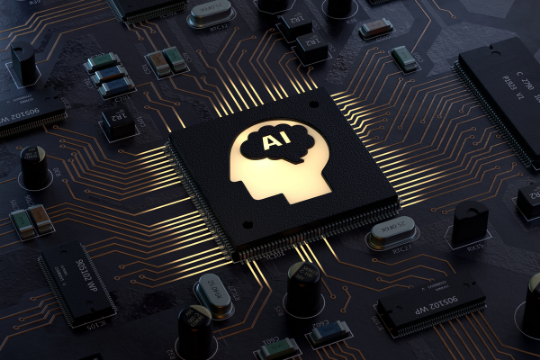The Role of AI in Real-Time Video Processing

AI is revolutionizing real-time video processing through sophisticated algorithms and machine learning. This technology enhances object detection and motion tracking, allowing systems to interpret visual data with remarkable accuracy. Various industries benefit from these advancements, yet challenges remain in implementation and scalability. Understanding the intricacies of AI’s role in live video analysis reveals both its potential and limitations. What implications do these developments have for the future of visual content engagement?
Key Technologies Driving AI in Real-Time Video Processing
A myriad of technologies are converging to propel AI in real-time video processing, significantly enhancing performance and capabilities.
Machine learning algorithms enable adaptive learning from data, while advanced computer vision techniques facilitate accurate object detection and tracking.
Together, these innovations create a robust framework for interpreting dynamic visual information, empowering users with enhanced surveillance, safety, and interactive experiences in a world increasingly defined by visual data.
See also: The Role of AI in Personalized Virtual Tour Videos
Applications of AI in Live Video Analysis
Applications of AI in live video analysis are transforming various industries by enabling real-time insights and decision-making.
Techniques such as object detection enhance surveillance systems by identifying potential threats, while motion tracking facilitates the analysis of dynamic environments.
These capabilities empower sectors like security, sports, and retail to optimize operations, ultimately fostering an environment that prioritizes efficiency and informed choices, reflecting a desire for autonomy.
Challenges and Limitations of AI in Video Processing
While the integration of AI in video processing offers significant advantages, it also presents several challenges and limitations that must be addressed.
Key issues include data privacy concerns, as sensitive information can be inadvertently captured and processed.
Additionally, processing latency can hinder real-time applications, complicating tasks such as live surveillance or streaming.
These factors necessitate innovative solutions to ensure effective and responsible AI deployment in video technology.
Future Trends in AI-Enhanced Video Technologies
As advancements in artificial intelligence continue to evolve, the future of video technologies is poised for transformative changes that will enhance both functionality and user experience.
Predictive analytics will enable more personalized content delivery, while AI-driven algorithms will create immersive experiences that adapt in real-time.
This synergy promises to redefine engagement, offering users unprecedented control and interaction within their visual environments.
Conclusion
As the digital tapestry of real-time video processing continues to weave itself into the fabric of society, AI emerges as the loom, intricately threading together data and insight. This symbiotic relationship not only enhances operational efficiency but also illuminates the path for future innovations. However, challenges remain, akin to knots in the thread, necessitating ongoing refinement. Ultimately, the fusion of AI with video technology promises a vivid panorama of possibilities, reshaping our interaction with visual narratives.




